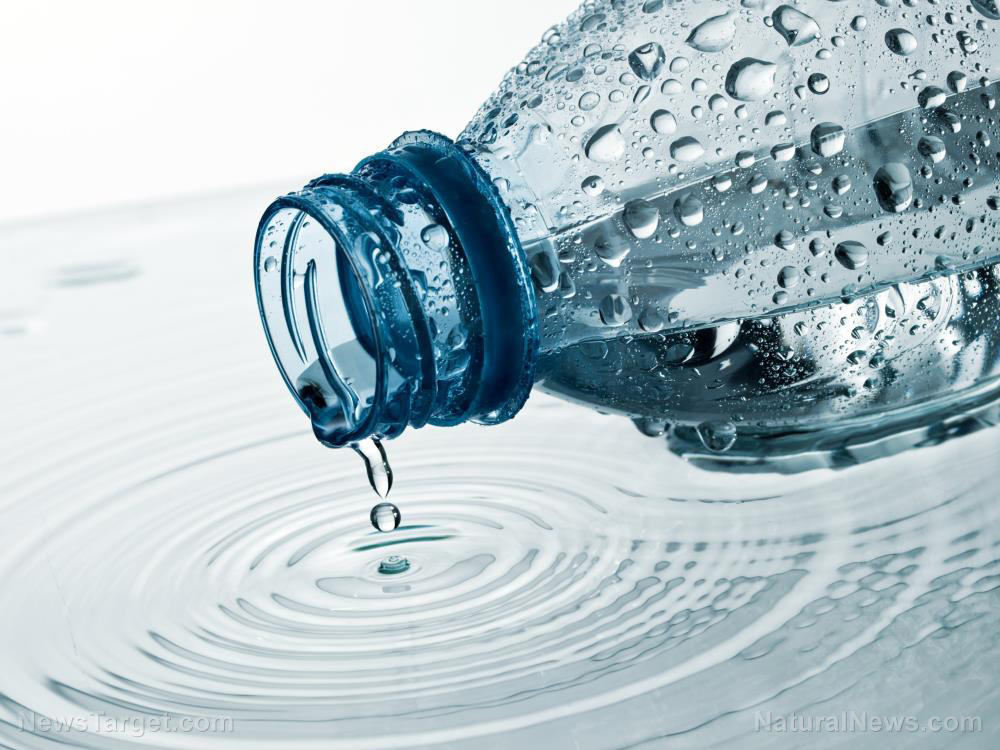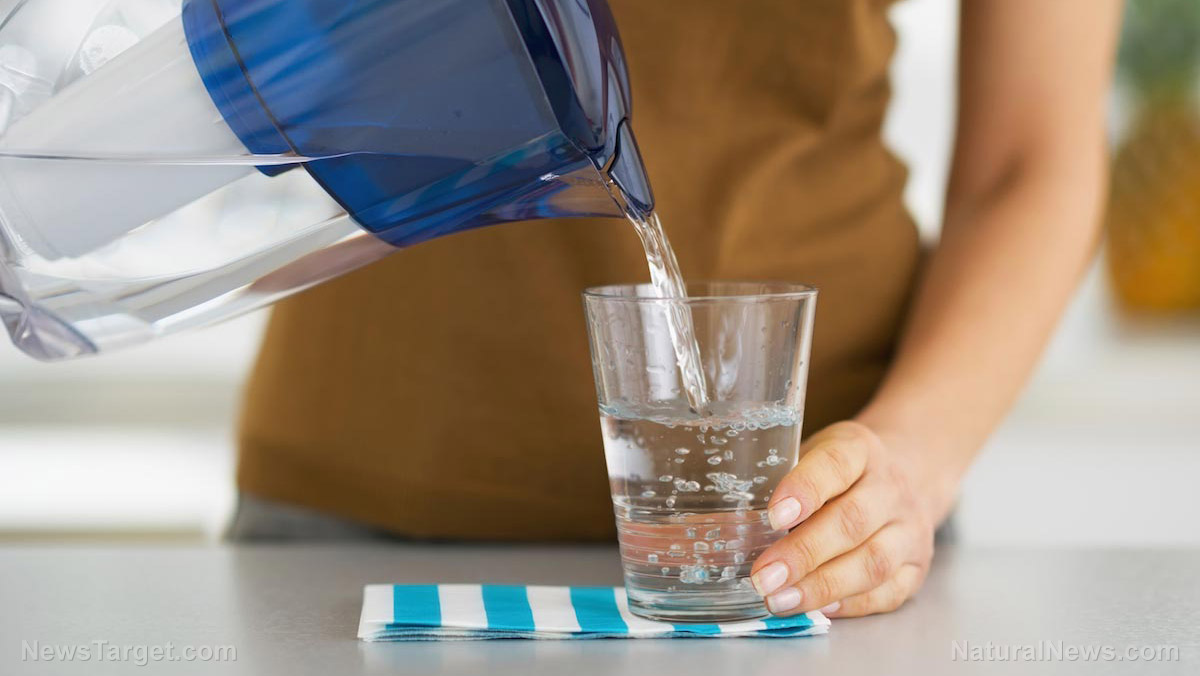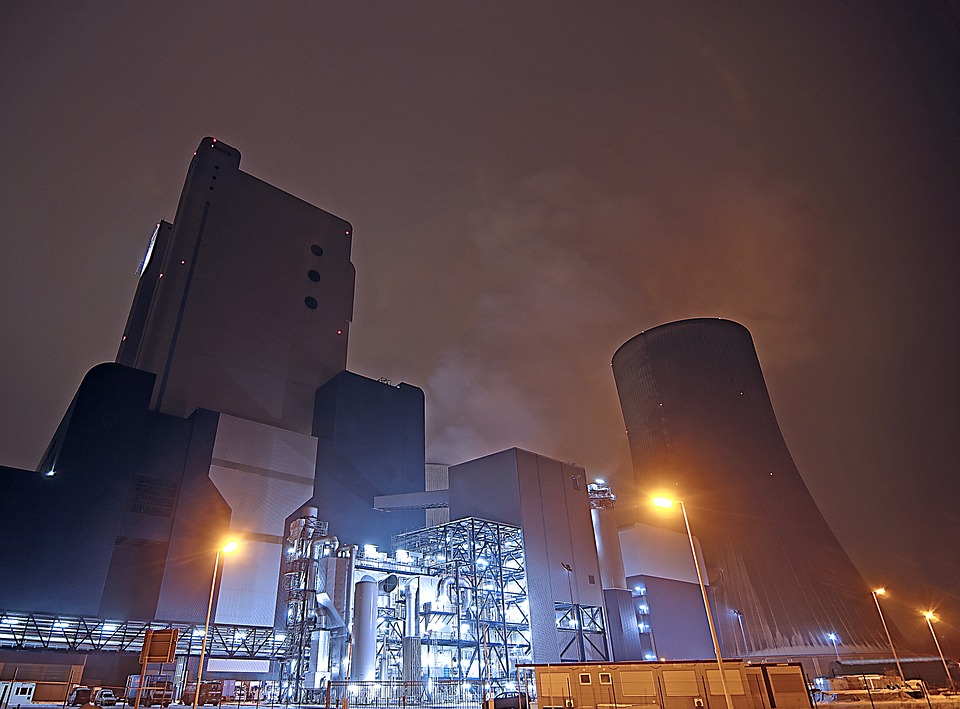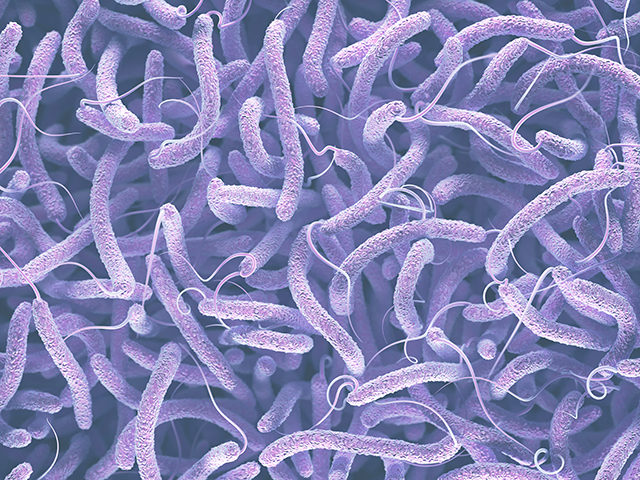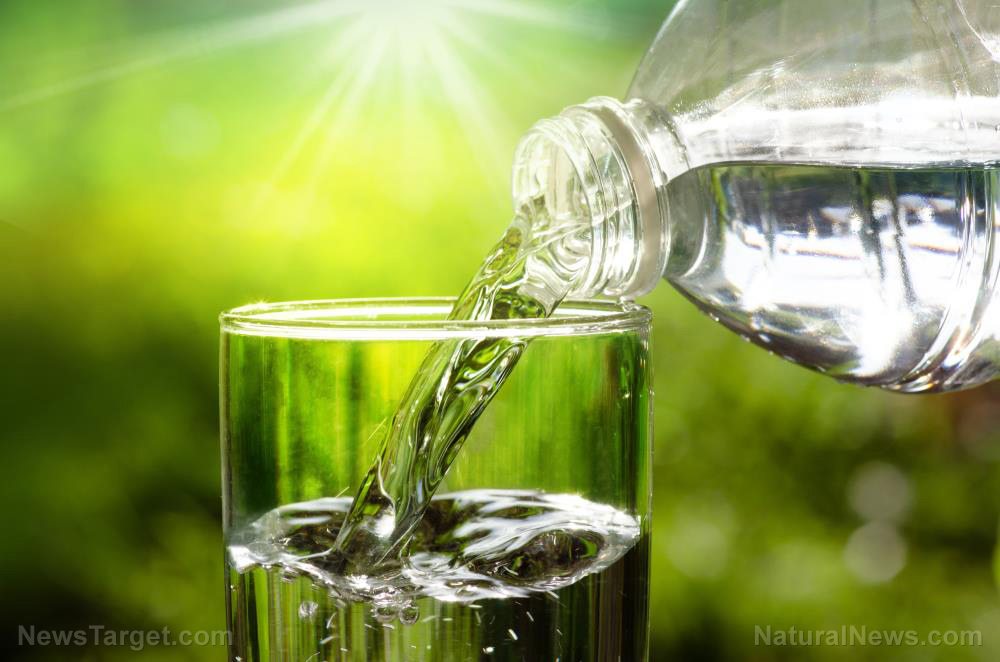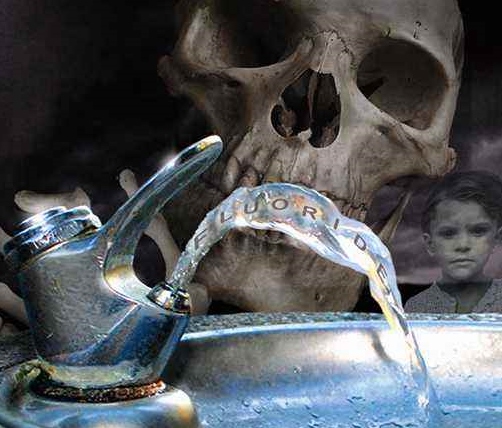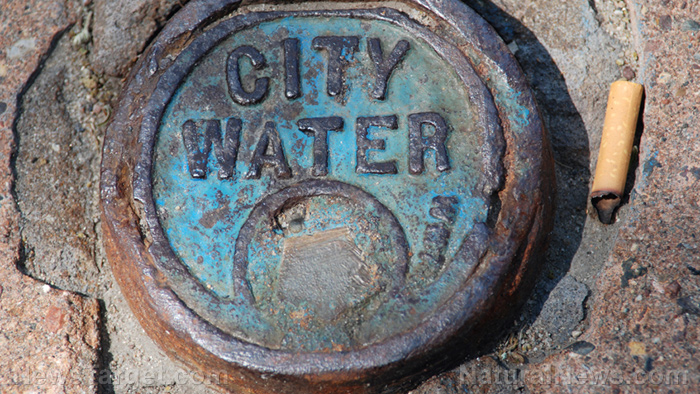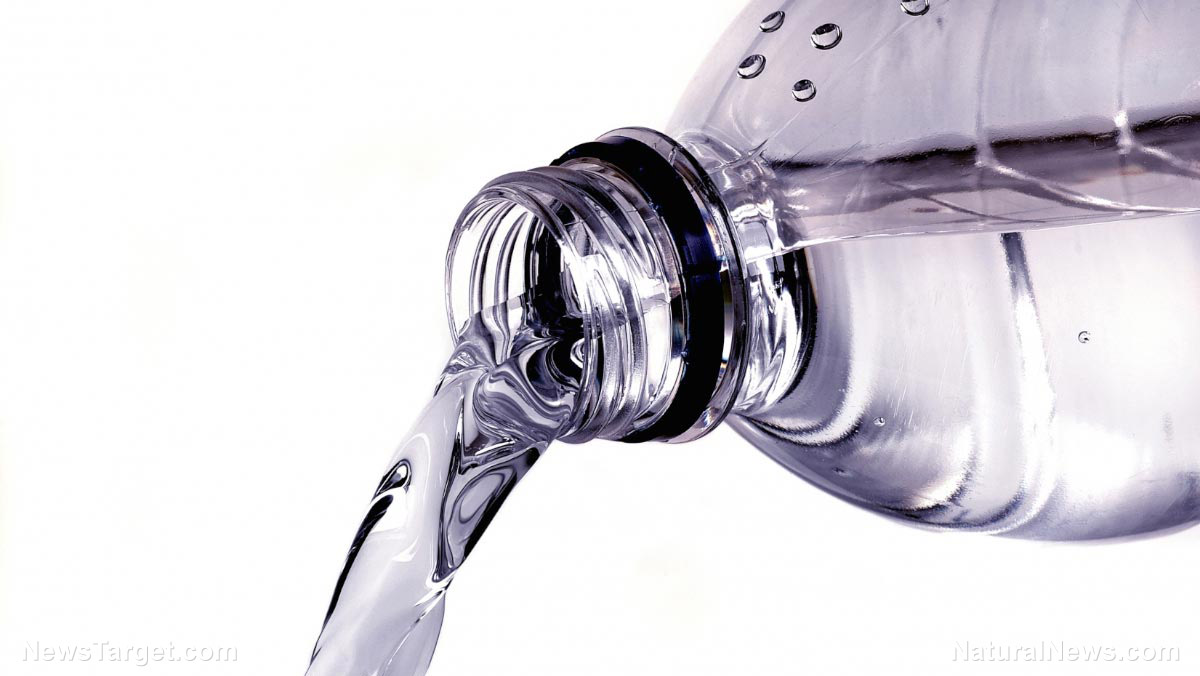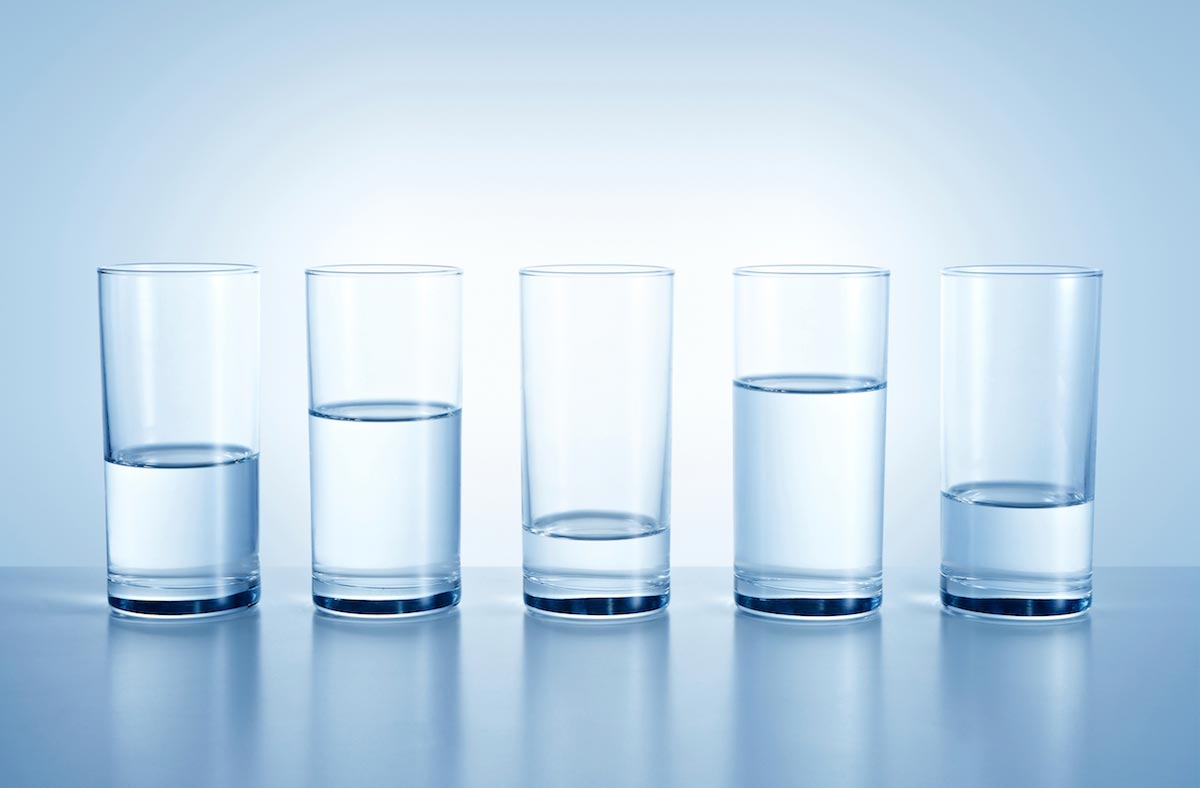Advanced new technology protects drinking water from algal toxins naturally
09/18/2019 / By Edsel Cook

The water crisis that struck Toledo in 2014 spurred local researchers to look for ways to protect drinking water supplies from microcystin contamination. Using natural bacteria that live Lake Erie, they developed a biofilter that destroys the toxic contaminant produced by algal blooms.
Supported by the University of Toledo (UT) and led by Dr. Jason Huntley, the study identified 13 different species of bacteria in Lake Erie that break down MC-LR, the most common and deadliest microcystin toxin. MC-LR are believed to contribute to the risk of diseases such as liver cancer.
Huntley noted that these bacteria have never been used to clean up the toxins produced by algal blooms, be it in the U.S. or the rest of the world. Despite the lack of earlier evidence, all 13 species succeeded in degrading MC-LR at up to 19 parts per billion (ppb) each day.
The U.S. Environmental Protection Agency (EPA) has set maximum safe limits of MC-LR in drinking water at 1.6 ppb for adults and 0.3 ppb for children. Biofilters that contain microcystin-degrading bacteria offer a natural approach to protecting potable water and human health from microcystin contamination.
Huntley and his colleagues published their findings in the Journal of Great Lakes Research. (Related: Fluoride chemicals added to U.S. drinking water are unprocessed TOXIC WASTE; water fluoridation needs to end.)
Local bacteria in Lake Erie can degrade MC-LR toxin produced by harmful algal blooms
“The bacteria we’ve identified can degrade much more toxin than was reported in the 2014 water crisis,” remarked Huntley, the senior author of the study. “Based on recorded toxin levels in Lake Erie in recent years, these rates would be able to remove microcystin from water supplies effectively.”
He added that the microcystin-degrading bacteria do not cause any human illness. As such, the strains should be safe for use in biofilters that purify drinking water.
Earlier studies from around the world described other bacteria species that could break down the microcystin produced by algal blooms. But Huntley said that he never came across any of those strains in Lake Erie during his experiments.
Instead, he and his team visited the western part of Lake Erie during the summer of 2014 and 2015. They acquired samples of water from 13 different sites that hosted algal blooms visible to the naked eye.
During the four-week-long trial period, the UT researchers deliberately contaminated the samples with MC-LR every three or four days. They compared the results with those data drawn from a control group that didn’t get more microcystin toxins.
A natural, chemical-free, eco-friendly way to ensure microcystin-free drinking water
The UTH researchers verified the results of their experiment using tests like the enzyme-linked immunosorbent assay (ELISA). Operators of most water treatment plants rely on the ELISA test to determine microcystin levels in the water during an algal bloom event.
Conventional treatments for microcystin-contaminated water include activated carbon adsorption, chlorination, flocculation, and ozonation. These processes either physically remove the contaminant from the water or break microcystin down into harmless substances.
“Those techniques are not ideal because of high costs, limited removal efficiencies, and they lead to the production of harmful byproducts or hazardous waste,” Huntley explained in an interview. “Biofilters are a cost-effective and safe alternative to the use of chemicals and other conventional water treatment practices.”
A biofilter is a type of water filter that uses biological methods to purify water that passes through it. It contains colonies of beneficial bacteria that break down certain toxins.
Huntley secured a provisional patent for the UTH-designed biofilter. He and his team identified the specific enzymes and pathways used by the bacteria to degrade MC-LR and other microcystin toxins in the water.
Visit CleanWater.news for more stories and studies on other eco-friendly methods of ensuring safe and clean drinking water.
Sources include:
Tagged Under: algal blooms, breakthrough, clean water, contaminated water, drinking water, environment, goodtech, Microcystins, polluted water, toxic water, Water contamination, water crisis, water filters, water filtration, water health, water purification, water purifiers, Water safety, water supply, water treatment
RECENT NEWS & ARTICLES
WaterPurifiers.News is a fact-based public education website published by Water Purifiers News Features, LLC.
All content copyright © 2018 by Water Purifiers News Features, LLC.
Contact Us with Tips or Corrections
All trademarks, registered trademarks and servicemarks mentioned on this site are the property of their respective owners.

